Understanding the ins and outs of on-page SEO is essential in the always changing world of digital marketing. How successfully you optimize the on-page components of your website will have a significant impact on its visibility and performance in search engine rankings. We’ve put together a helpful guide to steer clear of 15 common on-page SEO blunders to assist you in navigating this complex web. Let’s get started!
Keyword Research: The Foundation of SEO

The first step in effective on-page SEO is meticulous keyword research. Understanding your audience and their search behavior is key. Start by targeting specific keywords that align with your business. For instance, if you’re an SEO expert company, focus on keywords like “expert SEO agency,” “SEO Toronto,” or “Toronto SEO specialties.” These keywords are not only relevant but also likely to attract the right audience to your website.
High-Quality, Relevant Content: The Heart of On-Page SEO
In the world of on-page SEO, the proverb “content is king” holds true. Unique, interesting, and enticing content encourages users to explore more of your website and keeps them there. Make sure your material gives insightful information about your sector and is suited to your target audience. Always keep in mind that search engines prefer new, pertinent content, so keep your website updated with the most recent developments in your industry.
Optimizing Title Tags and Meta Descriptions: The Power of First Impressions
When it comes to on-page SEO, your title tags and meta descriptions are your first impressions on search engine result pages (SERPs). Craft compelling and descriptive titles and meta descriptions that incorporate your target keywords naturally. A well-written meta description not only boosts your click-through rates but also enhances your site’s overall user experience.
Internal Linking: Navigating the Digital Maze
Internal linking is often an overlooked aspect of on-page SEO. Proper internal linking not only helps users navigate your website but also allows search engines to understand the hierarchy and structure of your content. Strategically place internal links to relevant pages within your site, using anchor text that includes your target keywords. For instance, if you’re discussing SEO services in Toronto, link to a relevant page using phrases like “expert SEO agency in Toronto.”
Mobile-Friendly Design: Catering to the Mobile Audience
In an era where mobile devices dominate internet usage, having a mobile-friendly website is no longer an option—it’s a necessity. Google prioritizes mobile-friendly websites in its rankings, so ensure your site is responsive and provides an optimal viewing experience across various devices and screen sizes.
Image Optimization: Speeding Up Your Website
Large, unoptimized images can significantly slow down your website, leading to a poor user experience and lower search engine rankings. Compress images without compromising quality and add descriptive alt text using relevant keywords. This not only improves your site’s loading speed but also makes it more accessible to search engines.
Regular Monitoring and Updates: Staying Ahead of the Curve
The digital landscape is dynamic, and search engine algorithms are constantly evolving. Regularly monitor your website’s performance using tools like Google Analytics. Stay updated with the latest SEO trends and algorithm changes, and adapt your on-page SEO strategies accordingly. Remember, SEO is an ongoing process that requires continuous effort and adaptation.
Schema Markup: Enhancing Search Visibility
The search visibility of your website can be considerably improved by implementing schema markup. Search engines can better understand the information on your pages thanks to schema markup, which gives them additional context. To draw attention to crucial elements like company hours, reviews, and product specifications, use schema markup. This may result in rich snippets in search results, which will increase the appeal and usefulness of your website to potential customers.
Page Loading Speed: The Need for Speed

Page loading speed is a critical factor that affects both user experience and search rankings. Users expect websites to load within a few seconds, and search engines favor fast-loading sites. Compress images, leverage browser caching, and minimize server requests to improve your website’s loading speed. Tools like Google PageSpeed Insights can help identify areas for improvement.
Secure Your Site with HTTPS: Building Trust and Credibility
Security is paramount in the digital age. Switching your website from HTTP to HTTPS not only encrypts data transmitted between the user and the server but also builds trust and credibility among your visitors. Google also considers HTTPS as a ranking factor, making it essential for both user safety and SEO purposes.
User-Friendly URLs: Keep It Simple and Descriptive
Craft clean, concise, and descriptive URLs that reflect the content of your pages. Avoid lengthy, cryptic URLs that confuse both users and search engines. A clear URL structure enhances user experience and makes it easier for search engines to crawl and index your site.
Social Media Integration: Boosting Your Online Presence
Integrate social media buttons and encourage social sharing of your content. Social signals are becoming increasingly important in SEO algorithms. When your content is shared on social media platforms, it not only expands your reach but also indicates to search engines that your content is valuable and engaging.
Engage with Multimedia: Diversify Your Content
Incorporate multimedia elements such as videos, infographics, and podcasts into your content. Multimedia not only enriches user experience but also keeps visitors engaged longer. Search engines recognize dwell time—the duration users spend on your site—as an indicator of content quality. Engaging multimedia can significantly increase dwell time, signaling to search engines that your content is relevant and valuable.
Encourage User Interaction: Foster a Community
Encourage comments, reviews, and discussions on your website. User-generated content adds depth to your site and can provide valuable keywords and long-tail phrases that people naturally use. Engaging with your audience not only fosters a sense of community but also provides fresh, relevant content, which search engines love.
Monitor and Adapt: The Key to Sustainable SEO Success
Regularly monitor your on-page SEO efforts using tools like Google Search Console. Keep an eye on organic traffic, keyword rankings, and user behavior. Analyze the data to identify what’s working and what needs improvement. Adapt your strategies based on these insights, staying agile in response to changing algorithms and user preferences.
In Conclusion: Your Path to On-Page SEO Mastery
It takes constant effort to achieve perfection, but avoiding common on-page SEO blunders is a one-time chore. You’re building a solid foundation for long-term success online by incorporating targeted keywords, producing worthwhile content, optimising technical aspects, engaging people, and being current with industry developments.
Keep in mind that improving user experience is also a goal of SEO, not just impressing search engines. By concentrating on giving your audience value, you’ll automatically align with search engine algorithms, resulting in greater ranks, more visitors, and—most importantly—satisfied visitors who become devoted customers. Therefore, get to work by putting these methods into practise and watch as your website thrives in the online environment. Here’s to your success online and mastery of on-page SEO!


